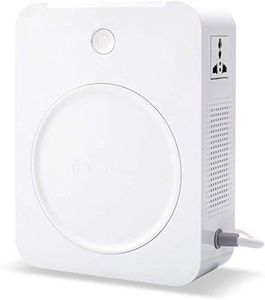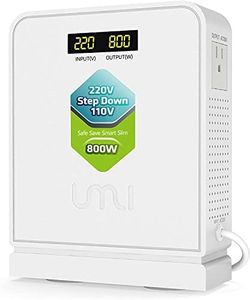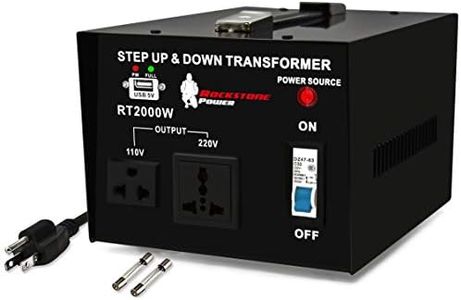We Use CookiesWe use cookies to enhance the security, performance,
functionality and for analytical and promotional activities. By continuing to browse this site you
are agreeing to our privacy policy
10 Best Transformers Voltage Converters
From leading brands and best sellers available on the web.Buying Guide for the Best Transformers Voltage Converters
When selecting a transformer or voltage converter, the goal is to ensure it safely and reliably adapts electrical power between devices and power outlets with different voltage standards. These products are essential for using appliances and electronics when traveling, moving, or using imported goods. To make the best choice, you'll want to match both the power needs of your equipment and the voltage of your environment, while also considering convenience and safety features. Understanding the key specifications will help you pick the device that's both compatible with your needs and protects your equipment.Input VoltageInput voltage refers to the electrical voltage that the transformer or converter is designed to accept from the wall outlet. In most regions, the standard voltage is typically either 110V-120V (common in North America) or 220V-240V (common elsewhere). It's critical because plugging a converter designed for one voltage standard into another could damage both the converter and any device connected to it. Input voltage ranges are sometimes adjustable or dual (e.g., 110V/220V). It's best to ensure that the converter matches your local outlet voltage. If you travel or move between regions with different standards, look for a model that supports both input voltages.
Output VoltageOutput voltage is the voltage delivered to your device. It must match the voltage rating of your electronic appliance. For example, if you have a device from Europe (which often requires 220V) and use it in the US (110V), you'll need a converter that outputs 220V. Always check the voltage required by your device (usually found on its label or plug). Pick a voltage converter that supplies the correct output for your equipment to ensure safe and proper operation.
Wattage Capacity (Power) or VA RatingWattage capacity, sometimes given in watts (W) or volt-amperes (VA), measures how much power the converter can safely handle. This is important because overloading a converter can cause overheating, damage, or even fire. Device power needs are listed on their labels. Light gadgets like chargers require little power, while appliances like hair dryers or microwaves need much more. Group wattage ratings as follows: small (<100W), medium (100W-500W), and high (500W+). Always choose a transformer with a wattage rating at least 20-30% higher than your device’s requirement, and add up total wattage if you plan to connect more than one device at a time.
Transformer Type (Step-up, Step-down, or Both)The transformer type determines whether the converter increases (step-up), decreases (step-down), or does both (step-up/step-down) the voltage. Use a step-down when plugging 220V appliances into 110V outlets, and a step-up when plugging 110V appliances into 220V outlets. Dual versions are available if you need flexibility for multiple regions or diverse appliances. Pick according to the direction of conversion required by your devices and where you intend to use them.
Device Compatibility (Electronics vs. Appliances)Not all voltage converters are suitable for every type of device. Some are intended for simple electronics with steady power needs, while others are capable of handling high-power or motor-driven appliances, which may cause power surges. For sensitive gadgets like laptops, cameras, or phones, a basic voltage converter is often enough. For devices with motors, heaters, or high initial power draw (like hair dryers, kettles, or refrigerators), opt for a heavy-duty or specialized converter. Always match the converter to the type of device you will use most.
Plug and Outlet TypesPlug and outlet types vary worldwide, so check that the converter’s sockets and plugs match the kinds you have or need. Some models include multiple adapter plugs or universal sockets. Make sure the converter can physically connect to both your wall outlet and your device. If you travel often or expect to use a variety of devices, a model with interchangeable plugs or universal compatibility is the most hassle-free choice.
Safety FeaturesSafety features such as fuses, overload protection, and thermal cutoffs protect both you and your devices from electrical hazards. Overheating, overloading, or short circuits can cause permanent damage. Look for products with built-in circuit breakers, overcurrent protection, and certifications showing compliance with international safety standards. Choose converters with these protections, especially if you intend to use them for long periods or with valuable equipment.
Portability and SizeThe size and weight of a voltage converter matter depending on your intended use. A compact and lightweight model is best for travel, whereas larger, stationary units are better for high-power, home-based needs. Consider where and how you’ll use the converter most often, and pick a size and shape that fits your lifestyle.
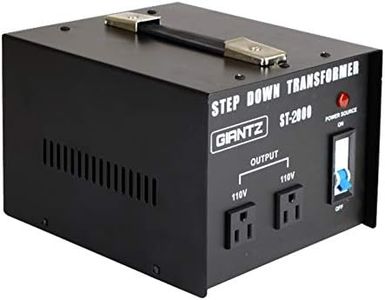

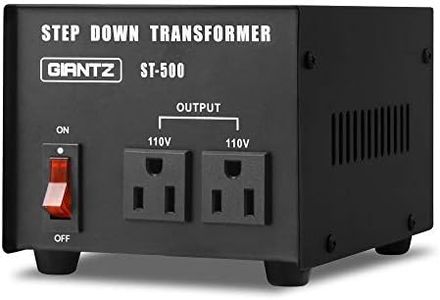
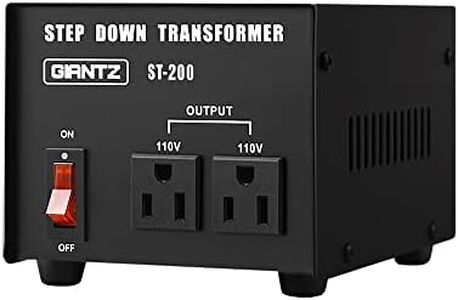
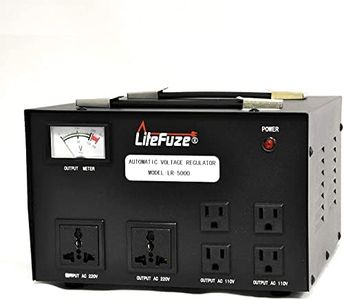
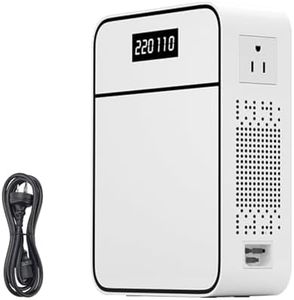

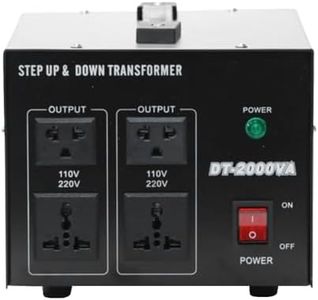
![Key Power 230-Watt Step Down 220V to 110V Voltage Converter & International Travel Adapter/Power Converter with USB-C Port 18W - [Use for USA Appliance Overseas in Europe, AU, UK, Ireland, etc.]](https://images-proxy.bestreviews.guide/fMOgx_UJdEidXkkNQWShHX8yfKE=/0x300/https://m.media-amazon.com/images/I/51QhZEHCx6L._AC_CX679_.jpg)
